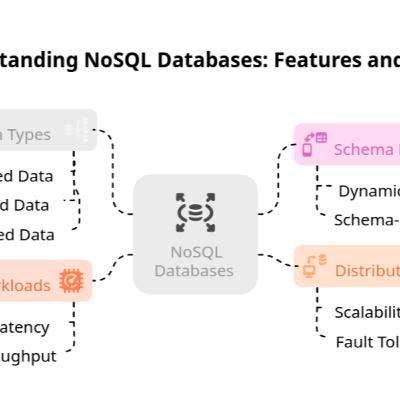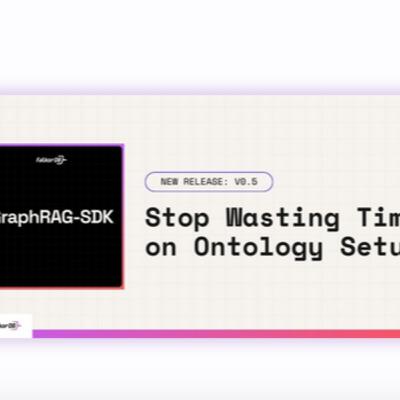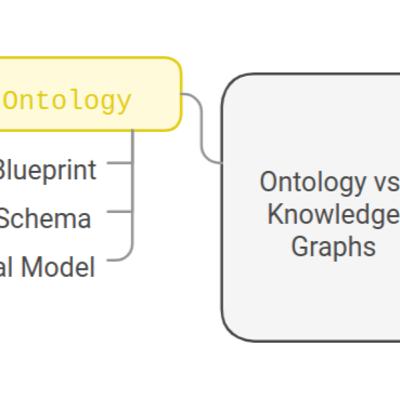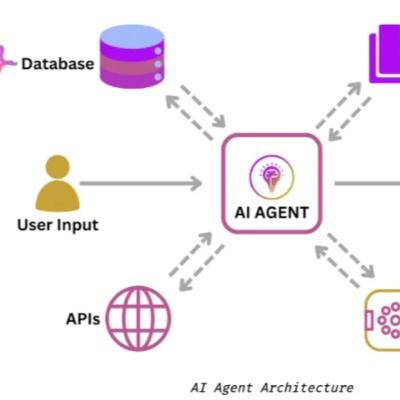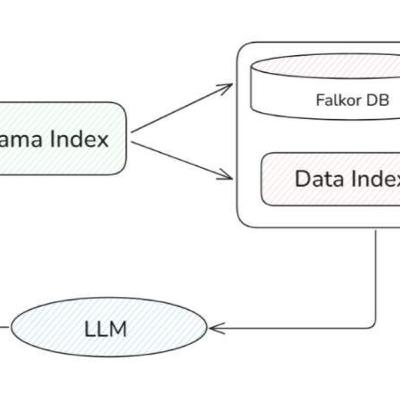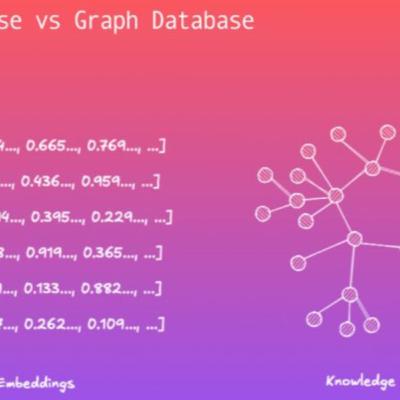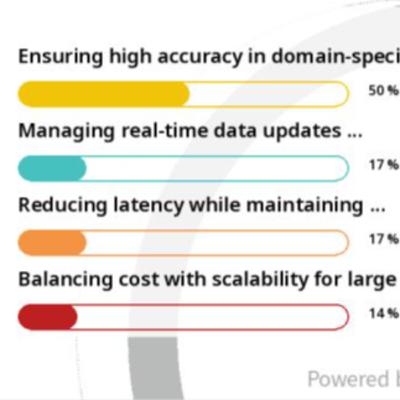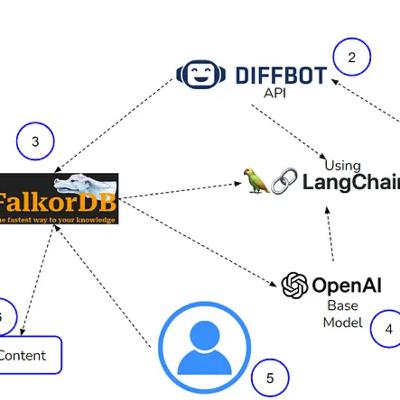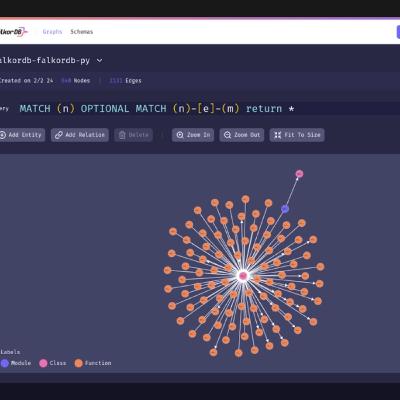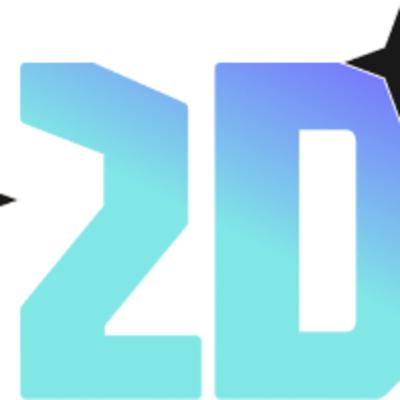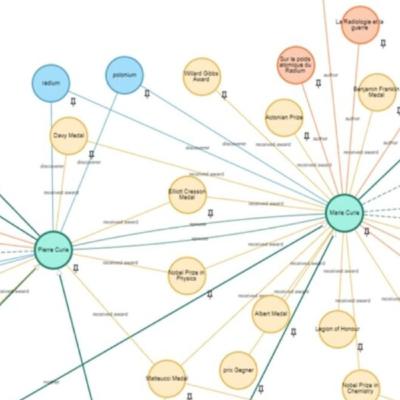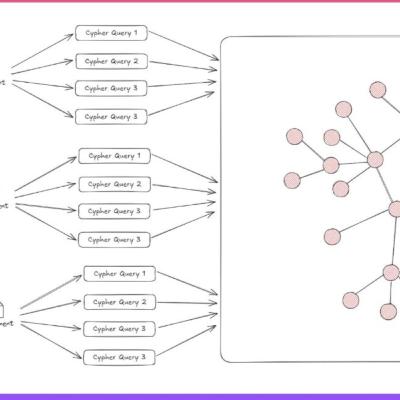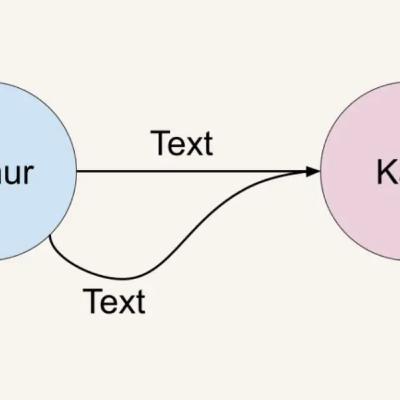Discover FalkorDB Podcast: Innovating at the Intersection of Graphs, AI, and Databases
FalkorDB Podcast: Innovating at the Intersection of Graphs, AI, and Databases

FalkorDB Podcast: Innovating at the Intersection of Graphs, AI, and Databases
Author: FalkorDB
Subscribed: 4Played: 28Subscribe
Share
© FalkorDB
Description
Welcome to the FalkorDB Podcast, where we dive deep into the world of graph databases, AI-driven applications, and cutting-edge data technology. Hosted by industry veterans, this podcast brings you conversations with leading developers, innovators, and thought leaders who are shaping the future of knowledge graphs and retrieval-augmented generation (RAG).
Explore real-world applications of graph technology, discover how FalkorDB is revolutionizing enterprise data infrastructure, and learn how companies are leveraging AI and machine learning to build smarter, faster systems.
Explore real-world applications of graph technology, discover how FalkorDB is revolutionizing enterprise data infrastructure, and learn how companies are leveraging AI and machine learning to build smarter, faster systems.
16 Episodes
Reverse
NoSQL databases offer flexible alternatives to traditional relational databases for managing large, diverse, and rapidly changing data. The article highlights the limitations of SQL databases in modern, high-velocity data environments and introduces NoSQL databases as a solution for scalability and flexibility. FalkorDB is presented as a specific NoSQL graph database designed for high-performance applications, AI, and knowledge graph management. The document outlines how FalkorDB optimizes NoSQL database performance with features like distributed architecture, multi-model support, and enterprise-grade security. The article includes a tutorial using the FalkorDB SDK to demonstrate how to insert data, create relationships, and query the database, and how to create a cluster for scalability and fault tolerance. Finally, it mentions the GraphRAG-SDK solution which leverages the underlying low-latency, scalable graph database technology to build fast and accurate GenAI applications at scale.
https://www.falkordb.com/news-updates/graphrag-sdk-0-5-knowledge-graph-integration/
These
sources detail FalkorDB, a graph database, highlighting its performance
advantages over Neo4j, particularly in aggregate expansion operations.
They also introduce GraphRAG-SDK 0.5, which simplifies knowledge graph
integration with LLMs by automating ontology loading. Furthermore,
FalkorDB's v4.6 update includes a CSV loader for streamlined data
import, and its integration with TrustGraph facilitates agentic
knowledge extraction from unstructured data using autonomous agents.
The overall focus is on FalkorDB's capabilities and ease of use in
building and utilizing knowledge graphs for Retrieval Augmented
Generation (RAG) applications.
https://www.falkordb.com/blog/understanding-ontologies-knowledge-graph-schemas/
This article explains ontologies and knowledge graphs, emphasizing their interconnectedness. Ontologies are defined as conceptual blueprints that structure data by specifying entities, relationships, and hierarchies, acting like a schema. Knowledge graphs, conversely, are the concrete implementations of these ontologies, representing real-world information in a structured, interconnected format.
The article uses examples, such as a library system and a business
context, to illustrate the components and functionalities of both,
highlighting their importance for data integration, semantic reasoning, and AI applications. Finally, it details how ontologies enable efficient querying and inference within knowledge graphs.
Read: https://www.falkordb.com/blog/ai-agents-memory-systems/
This article explores AI agents, autonomous systems capable of making decisions and completing tasks. It details the evolution of AI agents, from reactive to self-aware, and examines crucial components like memory systems (short-term and long-term) and knowledge graphs. The text also discusses the role of data, different types of agents, and their applications across various industries, alongside challenges such as data privacy and ethical concerns. Finally, it looks at future advancements and the potential for increased automation through multi-agent systems.
Ref: https://www.falkordb.com/blog/llamaindex-rag-implementation-graphrag/
This article explains how to build efficient Retrieval Augmented Generation (RAG) systems using LlamaIndex and FalkorDB.
LlamaIndex is an open-source framework that simplifies connecting LLMs to various data sources, while FalkorDB is a high-performance knowledge graph database.
The combination allows for the creation of GraphRAG systems, enhancing LLM responses with real-time, contextually relevant information retrieved from the knowledge graph. The article provides a step-by-step
guide, including code examples, for setting up the environment, ingesting data, building the index, and querying the system.
Best practices for maintaining these pipelines are also discussed, emphasizing the benefits of FalkorDB for scalability and performance.
Ref: https://www.falkordb.com/blog/vector-database-vs-graph-database/
This document explains the technical differences between vector databases and graph databases. It discusses how each type of database stores and manages data, highlighting their strengths and limitations in handling
complex datasets.
The document also explains key use cases for both databases and offers insights into choosing the best solution for specific applications. In addition to comparing these databases, the document promotes FalkorDB, a database that combines both vector and graph capabilities for advanced data management.
Quick review of a poll who asked attendees to identify their top priorities when developing machine learning based applications. The results show that the most important priority for the attendees was ensuring high accuracy in domain-specific tasks. Managing real-time data updates efficiently, reducing latency, and balancing cost with scalability were also identified as priorities, but were considered less important than accuracy.
Ref: https://blogs.microsoft.com/blog/2024/10/21/new-autonomous-agents-scale-your-team-like-never-before/
Microsoft is announcing new autonomous agents that can be used to automate business processes. These agents are powered by AI and are designed to work on behalf of individuals, teams, or functions. Copilot Studio, a tool that allows users to create and manage agents, is being made publicly available next month.
The blog also highlights ten new autonomous agents being released for Dynamics 365, designed to help sales, service, finance, and supply chain teams. Microsoft is using these agents internally across their own organization, resulting in increased revenue, faster case resolution, and improved conversion rates.
This article explores the benefits of using a knowledge graph database, FalkorDB, for building Retrieval-Augmented Generation (RAG) applications.
RAG applications aim to enhance the capabilities of large
language models (LLMs) by combining them with knowledge graphs. The article discusses how FalkorDB offers a powerful alternative to vector databases for storing and querying data, providing LLMs with more
comprehensive context and reducing the risk of hallucinations.
The author presents a step-by-step guide to implementing RAG using FalkorDB, LangChain, Diffbot API, and OpenAI, showcasing how to construct a knowledge graph from documents and utilize it for question-answering.
The key takeaway is that integrating knowledge graphs with LLMs through FalkorDB significantly improves the accuracy and relevance of responses generated by LLMs.
To read more: https://www.falkordb.com/blog/rag-applications-using-falkordb-langchain-diffbot-api-and-openai/
This article from FalkorDB explains how knowledge graph tools can enhance the reasoning capabilities of large language models (LLMs) by providing structured context from a knowledge base.
It differentiates knowledge graphs from graph databases, outlines the functions of knowledge graph tools, and describes various types of these tools, including those focused on graph database systems, AI-integrated frameworks, domain-specific solutions,
dynamic knowledge graph construction, and visualization. The article then dives into the benefits of knowledge graph tools, such as a complete view of data, the ability to show data connections, and the ease of handling data changes.
It concludes by highlighting the features of FalkorDB, a knowledge graph tool specifically designed for high-performance knowledge graph applications, particularly in the context of large language models (LLMs), and explores how FalkorDB can be used to build AI applications that require structured data for reasoning and fact-checking.
To read more see: https://www.falkordb.com/blog/how-to-use-knowledge-graph-tools-for-ai/
Base on a blog post by Guy Korland, CEO and
Co-Founder of FalkorDB, discussing the various ways in which data is stored in databases. He highlights three main database storage models: row-based, column-based, and network-based (graph). The author then explains that FalkorDB is a graph database that utilizes a novel approach, using GraphBLAS to store edges in adjacency matrices, thus optimizing data retrieval
and traversal for graph-based applications. The blog post concludes by promoting FalkorDB's capabilities and encouraging readers to explore its features.
To learn more see: https://www.falkordb.com/blog/beyond-rows-and-columns-exploring-the-missing-third-dimension/
The article compares and contrasts knowledge graphs and vector databases, both of which are used to store and retrieve data but differ in their methods and strengths. Knowledge graphs are structured representations of information, organized into nodes and edges, and excel at handling complex queries involving relationships
between entities. They are beneficial for applications requiring precise and reliable answers, but require data modeling.
Vector databases, on the other hand, store data as numerical vectors, which allows for efficient similarity searches but may struggle with complex relationships and result in less accurate responses. The article argues that combining these two approaches, as FalkorDB does, can offer a more comprehensive understanding of data and enhance the capabilities of AI and NLP applications.
To read more see: https://www.falkordb.com/blog/knowledge-graph-vs-vector-database/
The article "Code Visualization: Benefits, Best Practices & Popular Tools" explores the concept of code visualization, which is the process of transforming code into visual representations of its structure and relationships.
The article discusses the various benefits of code
visualization, such as improving code comprehension, identifying bugs, and facilitating onboarding new developers. It also reviews several popular code visualization tools, such as CodeSee, Gource, and Understand, highlighting their key features and comparing their strengths.
Finally, the article introduces FalkorDB's Code Graph, a new tool that leverages knowledge graphs and large language models (LLMs) to provide advanced code visualization and querying capabilities.
To read more see: https://www.falkordb.com/blog/code-visualization/
This
article provides an overview of advanced Retrieval-Augmented Generation (RAG) techniques used to improve the performance and accuracy of large language models (LLMs). It describes how to use techniques such as
pre-retrieval, retrieval, post-retrieval, and generation to address the challenges of Naive RAG, including inaccurate results and slow response times. The article specifically focuses on how knowledge graphs and GraphRAG can be used to optimize RAG applications. It concludes by highlighting the benefits of FalkorDB, a specialized database designed for advanced RAG techniques, particularly with its knowledge graph support and seamless integration with LLMs.
To read more see: https://www.falkordb.com/blog/advanced-rag/
This article from the FalkorDB blog focuses on the use of tensors and sparse matrices for efficiently representing and manipulating graph data within the FalkorDB database. The article highlights the power of GraphBLAS,
an API that enables operations on sparse vectors and matrices, as a
crucial element within FalkorDB's architecture. It explains how
FalkorDB leverages tensors to represent multiple edges between the same
two entities in a graph and how these tensors can be treated as regular
sparse matrices, providing flexibility and performance in graph
operations. The article also discusses the use of semirings for efficient computation of graph expressions, combining various types of matrices to achieve faster processing times.
To read more see: https://www.falkordb.com/blog/how-to-build-a-knowledge-graph/
This article from the FalkorDB blog focuses on the use of tensors and sparse matrices for efficiently representing and manipulating graph data within the FalkorDB database. The article highlights the power of GraphBLAS, an API that enables operations on sparse vectors and matrices, as a crucial element within FalkorDB's architecture. It explains how
FalkorDB leverages tensors to represent multiple edges between the same
two entities in a graph and how these tensors can be treated as regular
sparse matrices, providing flexibility and performance in graph operations.
The article also discusses the use of semirings for efficient computation of graph expressions, combining various types of matrices to achieve faster processing times.
To read more see: https://www.falkordb.com/blog/edges-in-falkordb/


